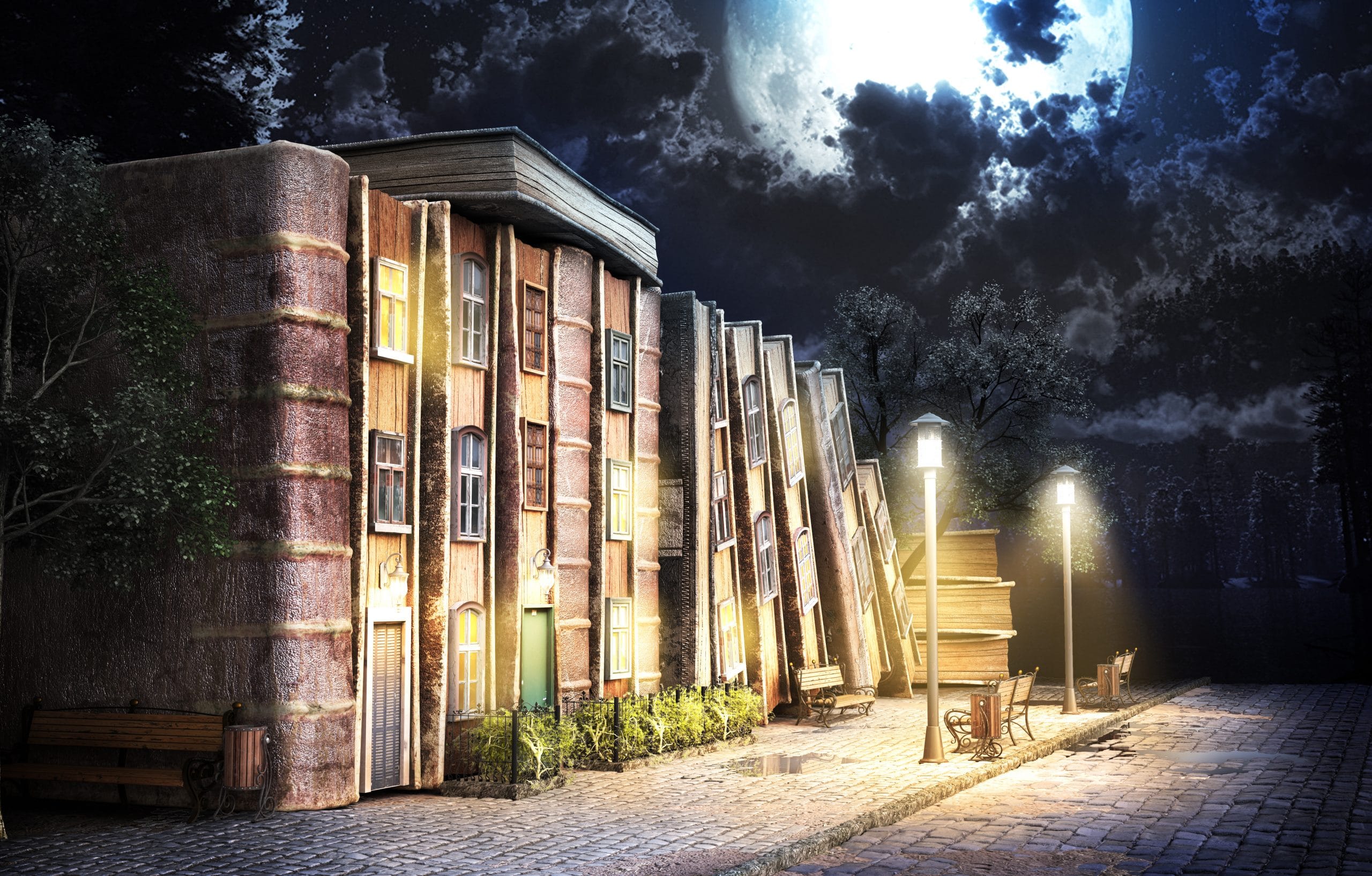How to get your books into libraries
Imagine a kingdom where books are traded like currency. The wealthiest are voracious readers who never reach the end of their TBR piles. It’s protected by wizards who teleport their patrons to distant fantastical worlds. In this realm, the castle at the center isn’t a myth, it’s a library, and it’s real. Polish your armor and sharpen your swords, it’s time to storm the citadel.
According to the American Library Association, there are 16,568 public library facilities with another 98,640 school libraries. In the United Kingdom, each of these literary repositories average over 68,000 visitors a year. While many authors are familiar with tackling e-commerce distribution, entry into the fabled halls of a library remains a widely debated conundrum. Historically, access to this population has been a challenge for independent authors, but it doesn’t need to be.
Accessing the Inner Sanctum (Distribution)
It cannot be expressed enough: the following insight is not universal. When exploring avenues of distribution to libraries, each establishment is unique. Libraries are governed by their bylaws, mission statement, geography, and patrons. There is no spell to cast that will instantly make books accessible in all locations, but there are a few cantrips that will increase your success rate.
One of the largest obstacles faced by independent authors is having their work purchasable by librarians. Unfortunately, because most libraries do not have access to a credit card and rely on purchase orders, it eliminates Amazon as a distributor. Thankfully, even those in KDP Select have the opportunity to take their physical books wide with IngramSpark. Not all libraries use (or can use) Ingram. However, the chances are increased as one of the distribution channels with IngramSpark is Baker & Taylor, a popular supplier. For those looking to reach the digital market, wide aggregators like Draft2Digital offer OverDrive, Hoopla, and BorrowBox as distribution channels, methods for libraries to make e-book purchases. However, like before, not all library systems use or have access to this distributor.
But the hallowed halls of libraries are not limitless. According to Nancy O’Toole, a librarian at the Auburn Public Library in Maine and indie author of the Red and Black Series, budget constraints limit the number of books a library can put on the shelf, but just as important is the lack of space. And if this incantation isn’t complicated enough, they must predict the needs of their patrons and identify titles that will be circulated.
Finding a Wizard’s Spell book (Discoverability)
With over two million books published each year, there is an incredible amount of noise an author must break through to reach library shelves. Much like finding readers, discoverability is a challenge. It doesn’t come with a one-size-fits-all solution, and not all solutions are appropriate for all authors.
The Informal Approach
A simple solution for informing the world that your book is available is to mail each library a postcard announcing this masterpiece. While these might be seen as viable options, there is a level of impracticality. Reducing the number for larger systems, this would require mailing over 9,000 libraries in the US. Using a bulk mailing service for postcards would put that at roughly US$2,385 and limits the information that can be included.
Maybe a sell sheet with more information (i.e. book cover, descriptions, ISBN, pricing, and even a review or two) would do better? When asked, O’Toole said that neither she nor her boss had encountered them before. To make matters worse, the incoming mail for libraries can be overwhelming. Susan Flagg, a former librarian for the Bucksport School District in Maine said, “Even with two of us in the library, the mail could be overwhelming. Junk mail went to the trash.” For those authors who send a free copy of their book, those rarely make it on the shelf, and often find their way into the book sale pile.
The Awkward Salesperson Approach
Authors can walk into a library and talk to the person in charge of acquisitions (note, this could be a different person depending on the section of the library) and ask, “How might I get my book on your shelves?” The author can strengthen their pitch if they are local to the town or state, and the library has a local authors shelf. This goes doubly for authors who are active patrons of the library. While time is valuable, this personal experience puts an author at an advantage over the stacks of mail left in the “will eventually get to it” pile. The downside to this approach is the time invested doesn’t guarantee returns, and libraries serving unique patrons, such as military bases or school libraries, may be inaccessible to most authors.
The Expensive Listing Approach
Sweat equity might save a buck, but it doesn’t solve the solution of visibility to the masses. While a magical trek across the United States visiting every library while pitching a book might sound fun, chances are authors are writing their next book. Likewise, librarians don’t have time to aimlessly scroll for selections.
Susan Flagg found herself swamped with updating catalogues at multiple schools. Her top method of selecting books came from the needs of teachers. “I relied on teachers to supply book lists for curriculum needs. But for fiction, I relied on two primary sources, Kirkus and School Library Journal. Their unbiased reviews did the heavy lifting and saved me time.” Editorial reviews can be helpful, but some are paid services and some have long lead times that would need to be considered in your publishing schedule. All submission requirements are available on their websites: Kirkus, School Library Journal, and BookList.
Every Party Needs a Bard (Partnerships)
While getting a book into every library is an unrealistic goal, using your position as a local author can at least provide local representation. This also allows authors a chance to partake in their community by hosting readings, book talks, or even launch events. For those seeking access to public schools, this can be rewarding not only financially, but help grow awareness of a recent release. To take it one step further, a librarian can serve as a point person in a public school and open the door for authors into the classrooms where their books (or even their business) can help support the school curriculum. As many indie authors have discovered the power of storytelling, they are stronger with a well-rounded party. Never discount the wisdom and power of wizards, commonly known as librarians.
Secrets from the Wizard’s Grimoire
For those authors looking to storm the castle, there are steps to help prepare you for entry.
- Physical Distribution: Create a hardback and paperback edition on IngramSpark to maximize distribution options.
- Digital Distribution: Include the e-book edition in Draft2Digital to access Overdrive, Hoopla, etc. or in Smashwords to access Axis360. These channels provide options to libraries for purchase.
- Explore Review Options: Submit to review journals read by librarians, such as Kirkus, School Library Journal, and BookList.
- In Person Connections: Meet with a local librarian to talk about methods of getting on the shelf. They will know more about surrounding libraries and have more specific ideas to help. Build a relationship. Offer to do a reading or host a book group.
- Mobilize Readers: Let your readers know your books can be ordered by the library if they ask for them.
Remy Flagg






